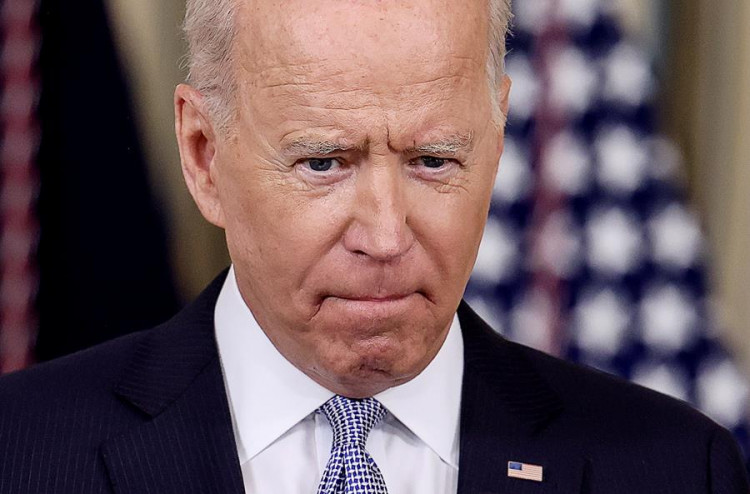The Supreme Court has once again limited federal regulatory powers, blocking the Biden administration's "good neighbor" plan aimed at reducing air pollution that drifts across state lines. The 5-4 decision marks a significant setback for the Environmental Protection Agency (EPA) and President Joe Biden's broader environmental agenda.
The "good neighbor" plan sought to impose stringent emission limits on power plants and industrial sources in upwind states to alleviate smog and pollution in downwind areas. The ruling was a victory for Republican-led states and industry groups that challenged the plan, arguing it would destabilize power grids and impose undue economic burdens.
Justice Neil Gorsuch, writing for the majority, asserted that the EPA overstepped its authority. "Nothing in present law authorizes the Sackler discharge," Gorsuch wrote, referring to the broader issue of regulatory overreach. The court's decision to grant a stay effectively pauses the implementation of the Biden program, pending a protracted legal battle likely to extend beyond the upcoming presidential election.
In a notable dissent, Justice Amy Coney Barrett, joined by the three liberal justices, criticized the majority for acting precipitously. "Our emergency docket requires us to evaluate quickly the merits of applications without the benefit of full briefing and reasoned lower court opinions," Barrett wrote. She emphasized the complexity of the case, which involves voluminous technical records and intricate legal questions.
The decision continues a pattern of the Supreme Court curtailing environmental regulations. Last year, the court's conservative majority limited the EPA's ability to regulate carbon emissions from power plants and curbed its authority over wetlands. This latest ruling jeopardizes efforts by states like New York, Connecticut, and Delaware, which warned of "dangerous ozone spikes" affecting public health, particularly for children and the elderly.
An EPA spokesperson expressed disappointment with the ruling, noting that it would delay the benefits the Good Neighbor Plan was already achieving in many states. "The agency believes that the Good Neighbor Plan is firmly grounded in its Clean Air Act authority and looks forward to defending the merits of this vital public health protection before the D.C. Circuit Court of Appeals," the spokesperson said.
White House spokesperson Angelo Fernandez-Hernandez reaffirmed the administration's commitment to environmental protection, stating, "The Biden administration will continue to take ambitious action that protects our communities, especially those who've disproportionately shouldered the burden of pollution."
The Clean Air Act mandates that the EPA periodically review interstate pollution rules to ensure compliance with updated health guidelines. The Obama administration last updated these standards in 2015, and states were required to submit plans to meet the new goals. The Biden EPA strengthened the rule in March, under a court-ordered deadline, after it stagnated during the Trump administration.
Opponents of the plan, including states like Ohio, Indiana, and West Virginia, argued that the regulations were based on speculative allegations about potential power plant shutdowns. West Virginia Attorney General Patrick Morrisey hailed the Supreme Court's decision as "correct," stating, "The country's power grid is already stressed as it is, and now this administration is attempting to add more regulation that's going to stress the grid even more."
The Biden administration contended that many of the plan's requirements wouldn't take effect until 2026, questioning the urgency of the court's intervention. They argued that the Clean Air Act, initially approved in the 1960s, necessitates the steps taken to protect air quality in downwind states.
The ruling arrives during a critical election year when climate action is a key issue for many voters. It is also the first of two significant environmental cases the Supreme Court will decide this term. The second case, Loper Bright Enterprises v. Raimondo, could overturn the Chevron deference, a legal doctrine that grants federal agencies wide latitude to interpret laws and enforce regulations.
Justice Gorsuch, a known advocate for limiting regulatory authority, is seen as a key figure in the potential overturning of Chevron. His mother, Anne Gorsuch, served as EPA administrator during the Reagan administration, a period marked by deregulation efforts.






